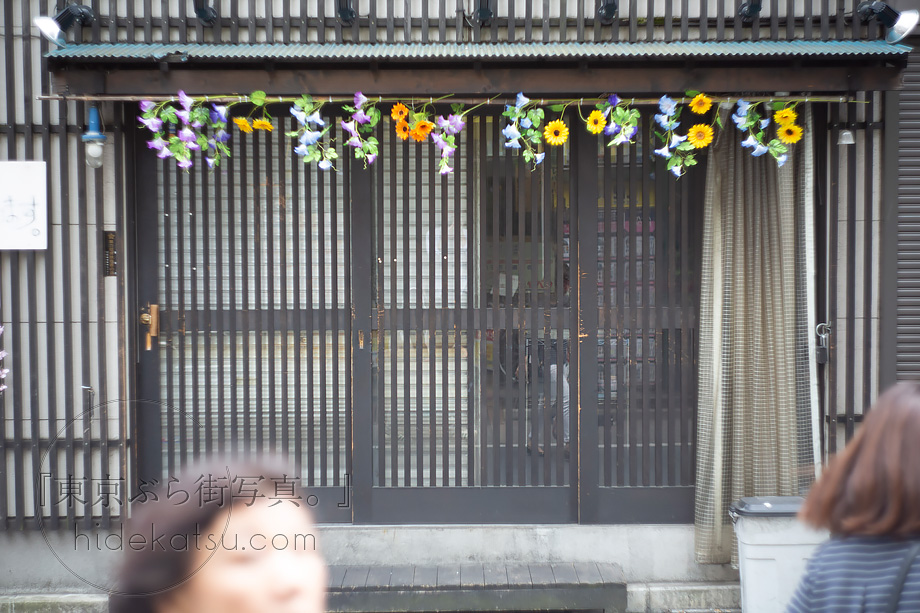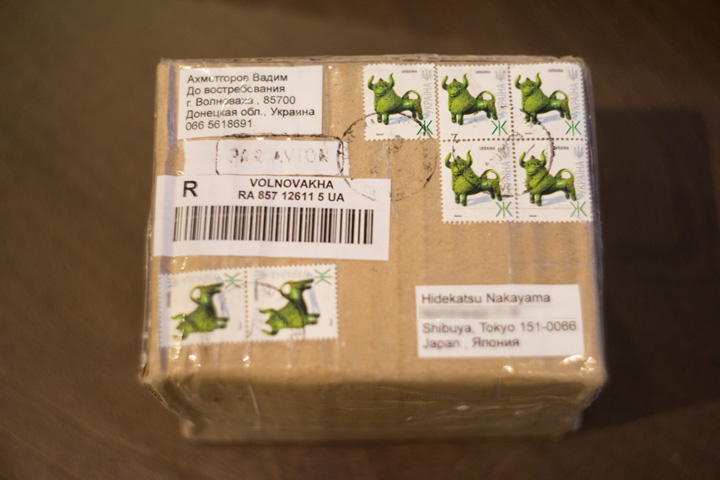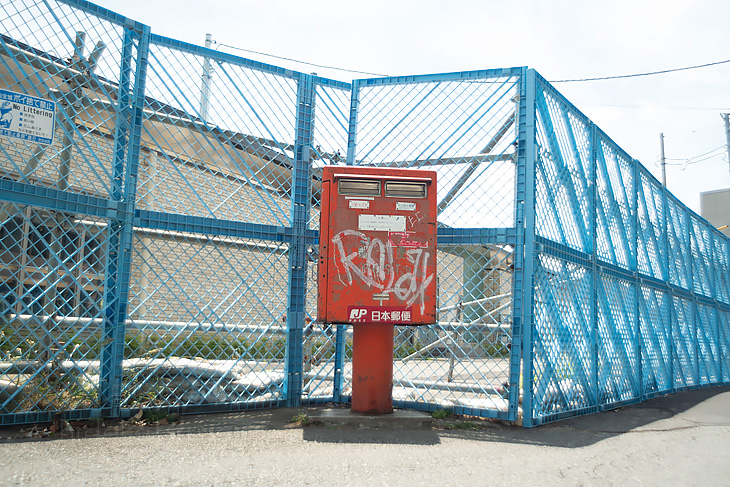18 Nov 2017神無月
How to make swirly blur! The explanation of how to make swirly blur Helios 44-2 and Helios 44M
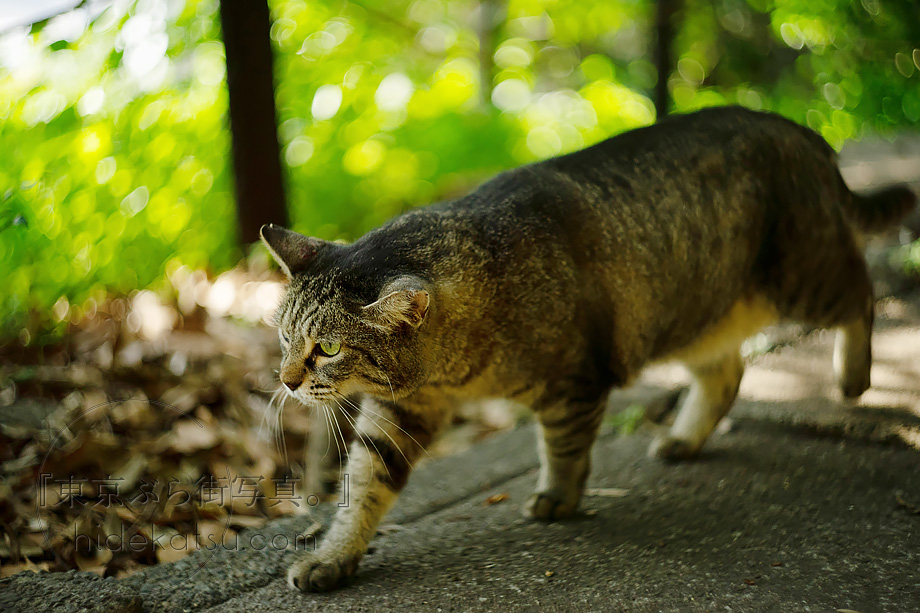
The coiling “swirly blur” which can be seen when you use a Russian old lens Helios. If you do not get used to manual single-focus lenses, you might have a hard time. But it would not be so difficult once you get the hang of it.
Introduction of the lens and manufacturer
Helios 44-2 F2.0 58mm

A Russian lens HELIOS which is the probably most famous among old lenses.
44-2 and 44M at the top of the list, they have multiple versions such as 44 or 44M-3 and many factories and complicated elements. But basically every lens has almost same lens constitution and performance, so these are the lenses with which you can enjoy the main topic of this article ”swirly blur” or dynamic bokeh.

Be that as it may, “swirly blur”dose not always appear and if we do not satisfy the condition on some level, “swirly blur” does not appear.
Especially when you use a manual lens for the first time, it is sometimes a bit confusing.
I am going to explain about these point with example photos.
Today’s agenda
– 3 conditions required to make swirly blur
– Take advantage of the condition of「many bright small lights」
– Introduction of the lenses which generate swirly blur effect
– Reference to purchase lenses
3 conditions required to make swirly blur

When you come right down to it,
“Open aperture”
“Defocuses a background by bringing a close object into focus”
“Many bright small lights”
These are the three conditions.
Be that as it may, most of the case it would not work well without a fine adjustment. I am going to write about further detail.
Open aperture
First of all, fundamental position of diaphragm.

What is called open aperture, which means the condition where the diaphragm is opened blade to receive a lot of lights.

In the case of Helios 44-2, open aperture should be around F2.0 (F16 for Helios). Even where you close the stop a bit, it should not be more than around F2.8.
Defocuses a background by bringing a close object into focus

Focus point is the mini-pumpkin in the front. Shortest photographic distance of Helios is 50cm, so I cannot get closer any more.
The closer focus makes background more or less blurred. So…
“Blurring background = close focus”
You remember it in this way for now.
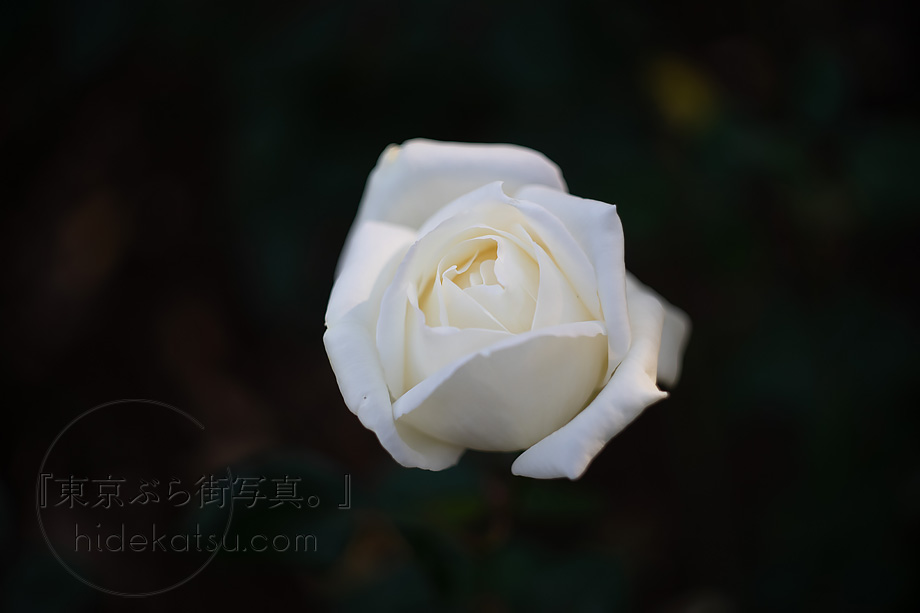
Only blurring background can not make by itself swirly blur.
“Blurring background ≠ swirly blur”
This is a slightly complicating point.
Many bright small lights
This is the most important point and the most difficult condition. Light filtering through the trees in a forest to some extent is the condition that is the easiest way to understand.

This kind “fine light filtering” should be the background.
It is easier to make swirly blur, when the trees in the background are away to some extent.

Light filtering is not defined in a strict sense. If there are some spaces between leaves, it is fine.

When the conditions of “Open aperture” ”Defocuses a background by bringing a close object into focus” ”many bright small lights” written above are met, you can take photos wildly like this.
Whole image often result in darkening, So it would be best if you find the place where sunlight is thrown from leaves to only your hand.
In the other half of this article, I am delving a little deeper into “many bright small lights” which is considered to be difficult to understand but easy to apply.
Take advantage of the condition of “many bright small lights”
It is a little argumentative explanation. In the case of swirly blur the lens dose not express images from the center to four corners. It is also called lens distortion.
Swirly blur is distortion

When you see the many ball blur (round light bokeh) in the photo above, they are spreading from center toward four corners and obliquely becoming long and narrow.
Actually since it is an affordable price lens, cut to the chase, they become distorted from the center to the edge of the image.
The distortion gain citizenship as taste of photos and it was named “Swirly blur”. It looks slewing around but actually it does not.
In other words, making this distortion clearly is the taste of the swirly blur.
Merely Blurring is no good

This is the photo in which the nearby flower is brought into focus and the distant sky is blurred, but it does not slew around at all.

It might seem slew around and vague due to high key.

It is not light filtering, it is ground. But it looks slewing around.
In accord with three photos above, let’s think about followings.
Q. What makes the distortion slewing around?
Q. what is the condition to make ball blur?
Q. What makes the distortion slewing around?

A.
Already described above, ball bokeh makes distortion clearer.
As a result if there are not ball bokeh we cannot see the distortion. In other words we can say if you take the frame with ball blur, swirly blur would appear.
If you open the aperture in a way, bring the close object into focus to blur the background, and look for the place like light filtering to take ball blur, it would be easier to make swirly blur.
Q.what is the condition to make ball blur?

A.
In the photos above, the flower is taken from the side and it is not light filtering, but ball bokeh wildly appear due to the reflection of leaves.

In this photo, the things which looks like white stones in the concrete are the ball bokeh.
Considering this example, the condition of ball bokeh is “contrast”
To speak of extremes, white and black.
This contrast fit into “Open aperture” ”Defocuses a background by bringing a close object into focus” “m”any bright small lights “written above are met, you can wildly take photos.
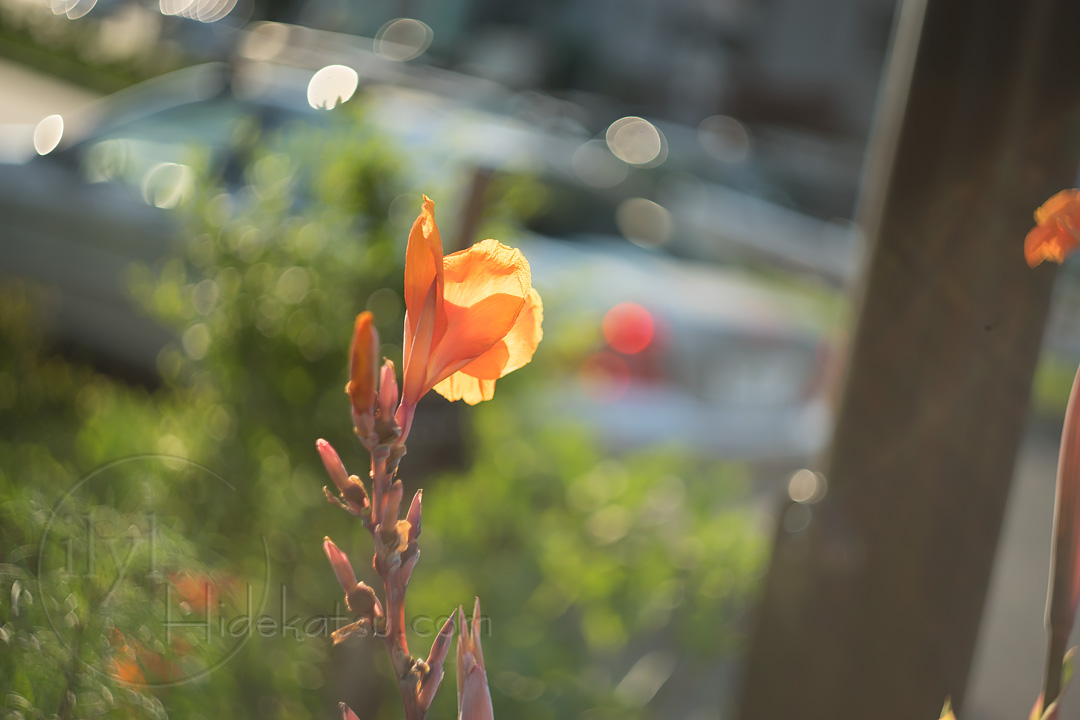
Proper size and strength to some extent is required for small lights. But once you capture the feature of it, you can use it as the taste and the reflecting of the car like the photos above and the reflecting of grass and the leaves are more likely to be ball blur, so it can be the elements of the swirly blur.
Reference to purchase the lenses
a rare product white line Helios 44-2 from KMZ

Because of the influence of communism in the Union of Soviet Socialist Republics, HELIOS was used to be produced with different names of factories. But the lens constitution underlying the image is same and we can make similar taste of the photos with the lenses with lenses (Helios 44~).
The price in eBay is $50-$100 including shipping fee.
Because the number of the products and its first cycle, basically the condition of the lenses are proportionate to the price.
But, there are sometimes poor-quality goods among high price products, we have no choice but to decipher the quality from evaluation of suppliers and descriptive text.
Introduction of the lenses which generate swirly blur effect
Although there is a difference of the amount of blur, we have various lenses which can generate swirly blur apart from HELIOS.
Since old lenses are more like a treasure house of lens constitution, which can make distortion toward four corners, I think every lenses which often make ball blur would tend to generate swirly blur.
Biotar 58mm

This lens is the lens of the head family that is perceived to be copy source of HELIOS, and the atmosphere of the image is similar and as was expected it can generate swirly blur.
Compared with HELIOS, this lens which gives sharpness to the image produces clear image. But maybe the lenses from each camera manufacture structurally does not work at infinity without a mirrorless interchangeable-lens camera(my 5D markⅢ dose not have this feature).
-> Carl zeiss jene / Biotar 58mm(example posted)
Trioplan 50mm

Trioplan 50mm is like a brother of 100mm which is famous for babble bokeh. This lens also can make swirly blur under the condition like HELIOS.This is a really interesting lens which makes wild bokeh with babble bokeh that is different from HELIOS.
-> Meyer-Optik / Trioplan 50mm F2.9(example posted)
Telefogar 90mm

Telefogar 90mm from little-known Meyer-Optik.
Also, it was produced in 1960s and relative to old lenses, and this is an interesting lenses which has high contrast and sharpness.
-> Meyer-Optik /Telefogar 90mm(exmplae posted)
Warning: Invalid argument supplied for foreach() in /home/users/1/hidekatsu/web/hidekatsu/photoblog_en/wp-content/plugins/wordpress-23-related-posts-plugin/init.php on line 380
Similar lens posts













